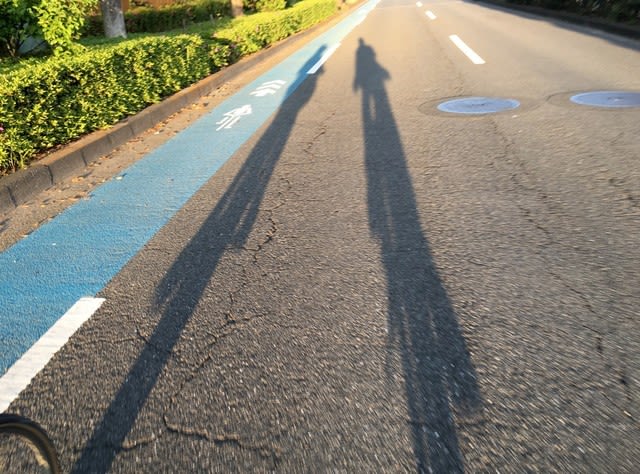Michael Praetorius: Dances from Terpsichor [Voices of Music]
Ballet, 0:00 Courante, 1:46 Spagnoletta, 3:09 Volte, 5:12 Pavane 6:08 Bourée.7:40
Michael Praetorius was one of the most important composers and theorists of the late renaissance and early-17th century. His astonishing encyclopedia of music gives us an intriguing glimpse into the instruments and performance practices of the time, and his writing covers all aspects of music. Praetorius wrote popular hymn settings, as well as large-scale compositions that borrowed elements of the polychoral Italian tradition. Praetorius was a tune collector, just like the musicologists of the late 19th and early 20th centuries who collected songs and dances from different countries; he planned eight volumes of these secular works, but he only finished one: his book of French instrumental dances Terpsichore, named after the muse of dance (1612). Orchestration: in the 1960s and 1970s, these works were heavily orchestrated—and conducted—in a neo-renaissance style. Although not grounded in historical performance, these orchestrations did, however, introduce a wider audience to the different kinds of instruments in the late renaissance and early baroque and helped popularize the music before Bach. In our performance, we have used strings as the foundation, as this was one of the most popular ways to perform dance music, and added winds, continuo and percussion.
[Voices of Music]
Hanneke van Proosdij and David Tayler Directors Musicians (left to right) Hanneke van Proosdij, recorder, organ & harpsichord Carla Moore, Gabrielle Wunsch, Lisa Grodin and Maxine Nemerovski, baroque violins Maria Caswell, baroque viola Peter Maund, percussion Elisabeth Reed and Tanya Tomkins, baroque cellos Farley Pearce, violone David Tayler, archlute & percussion










